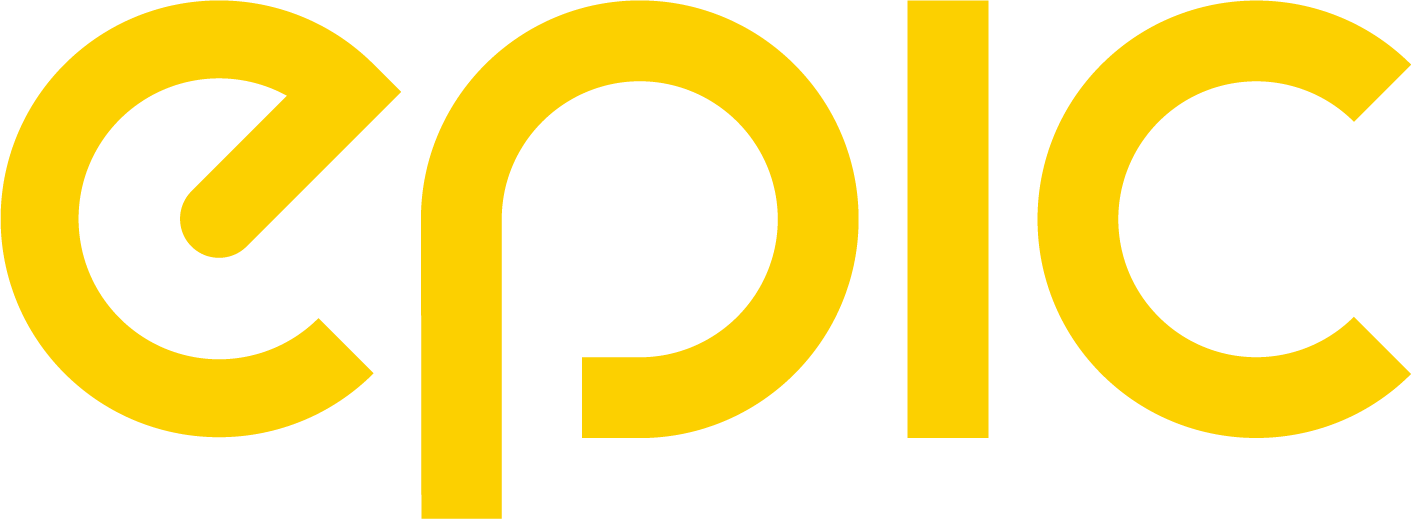Businesses are taking Instagram by storm. Think about it… between mommy bloggers, foodies, travel junkies, and the hundreds of Harry Potter fan accounts, the latest updates, though fun for personal accounts, seem to benefit business profiles the most.
Since Instagram’s launch in 2010, the industry and usage have both shifted from the fun, personal account into a bigger push into business and sales. As a growing platform, good changes need to be made in order to attract new users and retain the current ones. In August of 2016, Instagram provided users with an option to create a business account that allows the businesses (and users if they desired) access to analytics and options for e-commerce.
As Instagram continues to release update after update, it’s important to optimize your profile and take advantage of those features. Here are ten ways that you can improve your business profile.
Engage with Your Followers
Engagement is a key part of IG’s algorithm. The more engagement you receive on your posts, the more likely your profile is to be seen. Instagram likes it when you, as the profile owner, engage with your audience. The quality of your followers is valued greater than the quantity of your followers. And remember, the quality will lead to more quantity.
Create Discoverable Content
An article by Rival IQ, suggests that you ask your users not to tag your photos, but instead to use a custom hashtag to make your content more discoverable to those that may not follow you. This concept makes sense due to the fact that when you’re tagged in a photo, only those who are already following your profile will see it, but hashtags make it available to a broader audience.
Strategically Share Content
What you share, when you share it, and how you share it matters. Create a content calendar and plan out your content in order to accurately tell your brand’s story. The visuals you post and the captions you use create a brand experience, and you want to make sure you’re properly conveying the right one for you.
Create Captivating Captions
Instagram shows the first two lines of your caption – choose your words very carefully. With ten or so words, you’ll have to captivate your audience quickly and get them to click the “more” to view the rest of your caption. How you’ll accomplish this completely depends on the industry you’re in, but experiment and try new things.
Utilize Instagram’s New Features
Why would IG come out with new features just for you to ignore them? The new features may not apply to every business, but it can be argued that every new feature is designed to increase engagement. Especially utilize the new features that stories have offered. Polls, Q&As, stickers, gifs, countdown timers, etc. are all there for your benefit. Take advantage of them. IGTV is an up and coming resource for your followers. It gives you the opportunity to upload up to 10-minute long vertical videos that a mommy blogger could use to showcase her latest unboxing or your company can upload a tips & tricks video that’s applicable for your business.
Go Live
Using Instagram’s Live feature is going to benefit your profile. The algorithm is set to favor a user when they go live, notifying its followers and trying to get you seen by the most amount of people.
Build a Trackable URL for Your Bio
Creating a URL that you can track will help you to get the necessary data to continue to optimize your Instagram Profile. Building your URL can help you discover where traffic is coming from, how many people click on your link, etc. This principle can also apply to other platforms, in fact, I’d suggest creating a separate URL for all different platforms to gain more insights. We use Google’s Campaign URL Builder to set up individual URLs for different platforms. We are also able to track the data in Google Analytics. Here’s a guide on how to use Campaign URL Builder and a Youtube video to teach you how to use this tool.
Fine Tune Your Bio
Use keywords. Add them in your description, use special fonts and emojis. The idea is to do something to stand out and make your purpose clear. Add a call to action to your bio. The key is not to make it too busy. Oftentimes, influencers and those similar make their bios too busy. Use fancy fonts sparingly and make it clean. Your bio is one of the first things people read about your brand, make it count.
Utilize Influencers
Partner with other brands or people. Optimize your brand and use people that would benefit your company and those that can benefit from you. Remember that they’ll be adding value to your brand and you will have to add value to them in some way. Influencer marketing is growing and Instagram is one of the best platforms to use this marketing technique.
Be Authentic
Be you. Social media has received a lot of hate the past couple of years regarding the “appearance of perfection.” This is your opportunity to change that perception. Be authentic and allow your audience to see the raw parts of your brand.
As one of the fastest growing social platforms, Instagram is constantly adding new features and changing its algorithm. Staying on top of what is happening with the social channel is one of the best things you can do for your business. Don’t fall behind! Following these tips will help your Instagram business stay fresh and visible.

